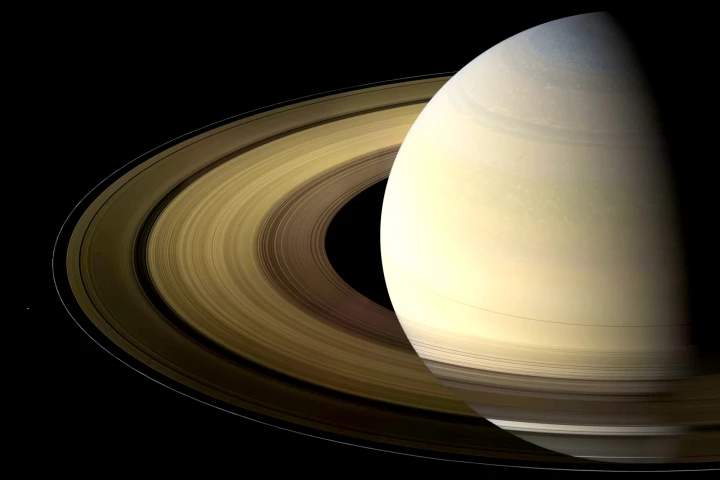Atmosphere
-
While antibiotic-resistant bacteria are on the rise, you might have thought that the potentially deadly bugs would be found mostly where people and other animals congregate. But researchers have now found them in a most remarkable place.
-
Saturn is renowned for its rings, easily visible through an ordinary telescope. Now, using observations collected over 40 years, scientists have discovered a never-before-seen interaction between the planet and its iconic rings.
-
Researchers have used the James Webb Space Telescope to measure the temperature of the innermost planet in the TRAPPIST-1 system, shedding more light on the ability of planets like these to support life.
-
The James Webb Space Telescope has provided the most detailed look at an exoplanet atmosphere ever. Studying data from four instruments astronomers compiled a complete molecular and chemical profile of the planet, including signs of active chemistry.
-
New research shows that swarms of insects like bees and locusts can actually produce atmospheric electric charges. By measuring the extent of this influence, the team found that large swarms could produce as much charge as a storm cloud.
-
Fascinating new research from atmospheric scientists at Penn State University has found during thunderstorms, electrical discharges on tree leaves can generate significant volumes of chemicals that may affect the air quality in surrounding forests.
-
The exoplanets WASP-76 b and WASP-121 b are already known to be peculiar places, but a new discovery has raised even more questions about the composition of the exotic atmospheres around these celestial bodies.
-
New research suggests that cooling the poles by 2 °C, and re-freezing the Arctic and Antarctic, is "feasible at relatively low cost with conventional technologies," if humanity agrees that a rising sea level is worse than this plan's side effects.
-
The James Webb Space Telescope has clearly detected carbon dioxide in the atmosphere of an exoplanet for the first time. The find marks a milestone for the telescope’s goal of analyzing the air of distant planets to aid the search for alien life.
-
Climate scientists have reported the highest levels of carbon dioxide ever recorded in the atmosphere. The latest in a series of record-breaking years saw levels 50 percent higher than pre-industrial times, a concentration not seen 4 million years.
-
Scientists have discovered a new form of space weather – superfast electron rains that precipitate into the atmosphere from the radiation belts. The rains could affect satellites, spacecraft and astronauts, but aren’t accounted for in current models.
-
The ozone layer is often seen as a success story for human action to correct a climate emergency – but unfortunately we may be undoing our own hard work. A new study suggests smoke from wildfires can deplete the ozone layer, delaying its recovery.
Load More











